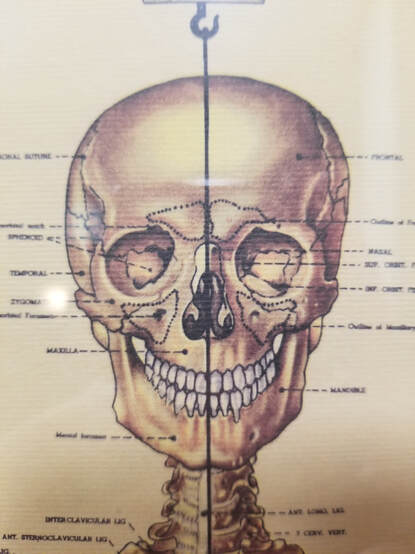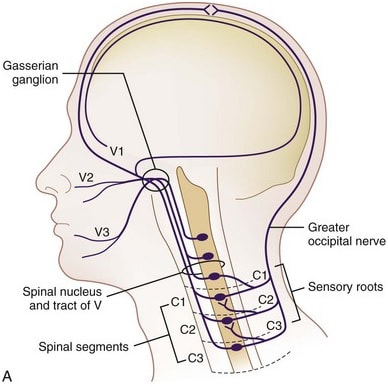Migraines are a tricky headache disorder that involves a temporary or permanent dysfunction of our nervous system. Because of how complicated they can be, classifying headaches appropriately is very important to their management.
A typical migraine includes a one-sided location, a pulsing nature, and is aggravated by regular physical activity. It can be accompanied by a wide variety of symptoms (nausea, vomiting, eye watering, stomach upset). As many as 1/3 of people will also experience an "aura" prior to the migraine, which can include things like seeing stars/light and hearing sounds that do not appear to have a source. Migraines themselves can be triggered by a number of different things including stress, sleep deprivation, oversleeping, hunger, menstruation, noise, odours, heat, head/neck movements, and certain foods. Stress is a trigger in nearly 70% of people.
There are several conditions which can look like a migraine, such as sinusitis, tooth/jaw problems, and trigeminal neuralgia. If these are an underlying cause, it is important to try and seek treatment for the appropriate condition.
There are several ideas that try to show us how migraines can occur. What might surprise you is that it is not just the blood vessels around the head and brain that are responsible. This was the most common explanation for a lengthy period of time, but the more that it is researched, the less likely it is that this is the only cause.
We know that it starts deep inside the brain with a section having difficulty regulating its blood flow and metabolism. This causes the nerves in the area to become overly sensitive and release their chemicals in an unplanned way, which can lead to a number of different changes. When things are no longer regulating well, the headache follows soon after. This is one of the reasons why inflammation seems to be such a big factor in those who suffer from recurring migraines. The pro-inflammatory environment makes things even more sensitive, making it more likely that this tipping point will be reached.
Genetics are also a factor. Some people seem to have a more excitable nervous system or an easier time producing the inflammation that makes things sensitive. What to expect is that people who are more at risk are generally sensitive to light, sound, and pressures.

Medications are often prescribed for headaches, whether to prevent them, or to stop them in the middle of the attack. These medications focus on trying to alter the environment around the nerves, brain, and blood vessels that seem to get caught up in the regulation issues. These medications are often prescribed for months at a time to find an appropriate dose and people will often have to try more than one to find the best fit for them and their condition.
Cognitive behavioural therapy and counselling interventions can also be used with the goal of reducing stress and anxiety, as well as developing coping strategies to improve quality of life.
Physical therapy can become involved from two perspectives. Treatment of the neck and jaw if either of those are experiencing problems; and development of exercises for the local areas as well as cardiovascular exercise to improve the environment throughout our whole body. These programs need a significant amount of time to make long-standing changes, but have the added side effect of making someone healthier and more fit!
Headaches are certainly a challenging condition, but the more we learn, the more that can be done!
~ Trent Rempel, Physiotherapist






 RSS Feed
RSS Feed